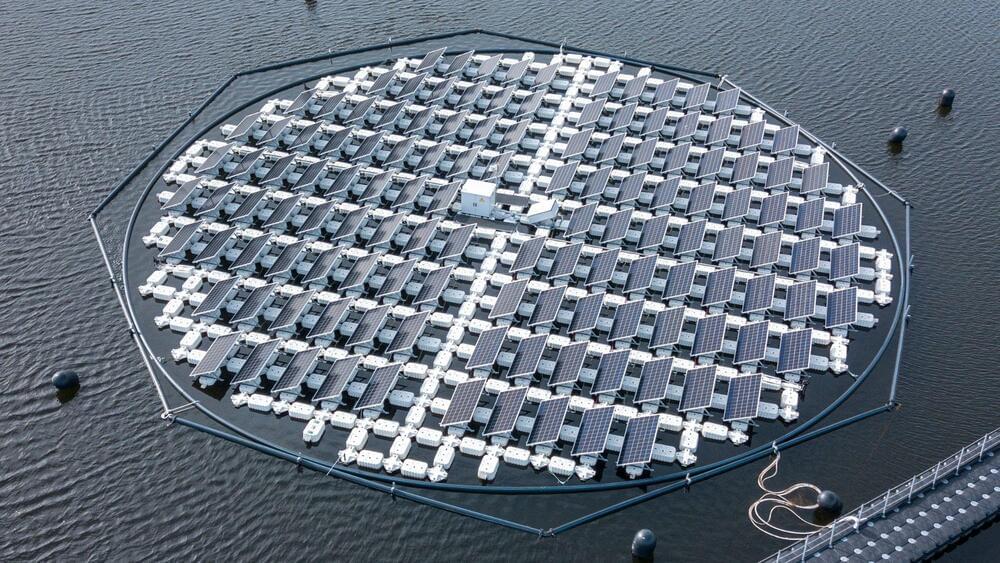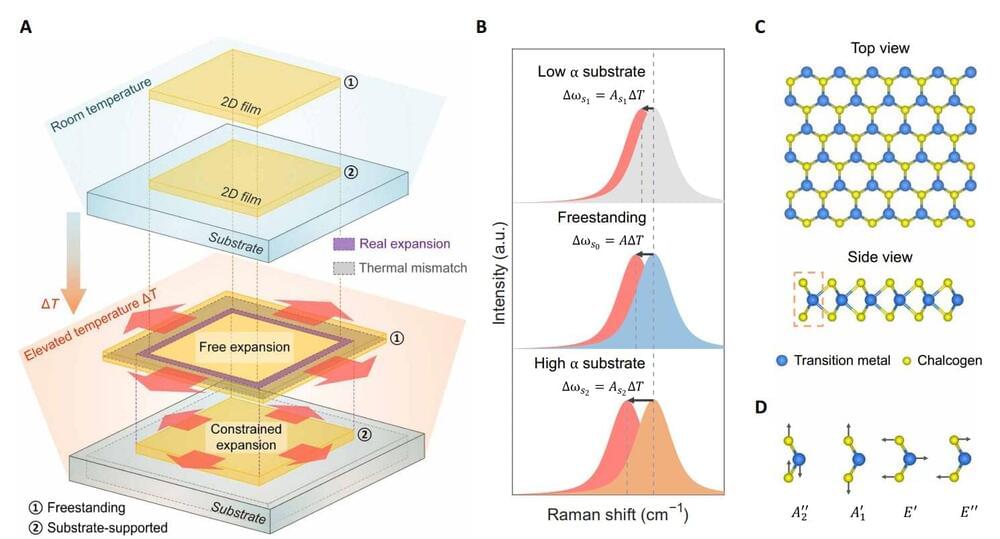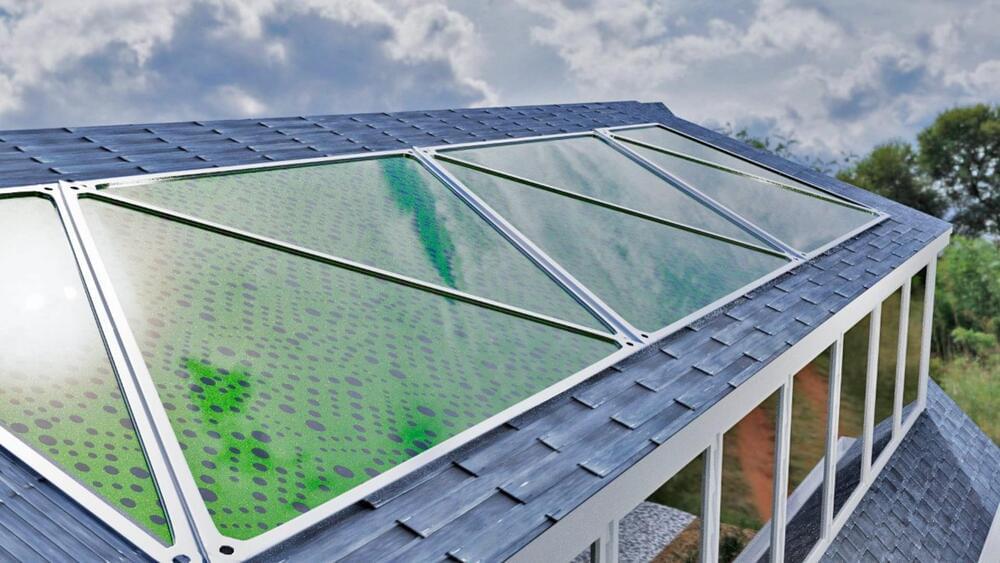Nov 21, 2022
A Portuguese company’s innovative floating solar panels stalk the Sun’s movements
Posted by Gemechu Taye in categories: solar power, sustainability
Currently floating on a lake in the Netherlands, the solar island comprises 180 movable solar panels that provide an increase in energy production by up to 40 percent.
A Portuguese company’s sustainable solution is following the Sun, almost like a stalker, in a bid to get the most out of its energy.
SOLARISFLOAT

















